WEBINAR: Seedling Diseases Can Keep Your Plants From Popping
1 CEU in Integrated Pest Management
A Brief Illinois Climate and Water Summary and Outlook for 2020 So Far
The year 2020 started out very wet and warm throughout most of Illinois. Statewide precipitation averaged 10.30 inches through the end of March, 3.21 inches above the long-term (1981–2010) average and the tenth highest for the January–March period on record (back to 1895). This amount is also roughly comparable with that received in 2019 (10.58 inches) and 2018 (10.09 inches) for the same period. The central and southern parts of Illinois were particularly wet, with many areas receiving over 150% of their January–March average. The wet conditions also contributed to high soil moisture and streamflows throughout most of the [...]
Don’t Forget To Check on Stored Grain
As the 2020 planting season is upon us, it’s important to remember and check on the stored grain from fall 2019. A lot of the harvested grain from last fall is still being stored, awaiting more favorable market values. Both soybean and corn are at their best quality when going into a storage bin. It is critical to manage the quality from this point forward until the grain is moved to market. A lot of time is going to be spent over the next few months tending to the current and upcoming crop. However, it’s imperative to stay proactive [...]
PODCAST: Early Planting and Seed Treatments
We talk with CCA Soy Envoy, Jason Boehler, about early-planting soybeans and seed treatments in this episode of the ILSoyAdvisor Podcast. Are seed treatments necessary and how do you determine what package is right for you? Listen to learn more! ILSoyAdvisor Podcasts · Soybean Seed Treatments and Early Planting
Clearing the Confusion Around Soybean Seed Treatments
In the past 14 years I’ve worked in agriculture, I’d say no segment of the business has changed as rapidly as soybean seed treatments. At the beginning of my career, it wasn’t uncommon to have growers planting 180,000 – 240,000 untreated soybean seeds per acre to get a full stand of soybeans. Today, it’s common practice in my part of the state for planters to be set to drop 120,000 – 150,000 treated soybeans per acre and achieve better, healthier stands than ever. Seed treatments are 100% to thank for this shift in practices. So, what exactly is a [...]
Making A Burndown Recommendation
Marestail is very challenging to control in central and southern Illinois. Because it’s a winter annual, marestail germinates in the fall and starts to grow very aggressively during the spring warm up. Therefore, we must manage this weed very strategically. For many years, spring burndown applications have been used on no-till ground to control winter annuals, such as marestail, and has strongly relied on a medium to high rate of generic glyphosate. Glyphosate-resistant marestail means that you should consider more than one herbicide for a spring burndown. If you use glyphosate alone in the tank, the marestail will metabolize [...]
Early Bean Gets the Worm
There is no doubt that each year growers are testing the limits of early planted soybeans. Although most talk about the risk of disease and frost, insects are also a large factor that could hinder the overall yield potential. Early season insects in soybeans can be an economic issue if they are not taken seriously, but there are a few steps to take to help mitigate a potential loss. Wireworms feed on the soybean seed or newly developed roots. What pests are an issue in Illinois? Seed corn maggot White grubs Wireworms Grape colaspis larvae Bean leaf beetle Early season [...]
Importance of Developing a Scouting Program
The crops grown in production agriculture have a very high value and achieve optimum yield when they have little competition for resources. Therefore, in most soybean fields we tend not to find much diversity in the vegetation. All of the plants in an 80-acre field can be genetically identical and will taste the same to a hungry pest. All of the soybean plants will also have the same genetic flaws and weaknesses, which opportunistic pests will take advantage of. Many genetic lines for both soybeans and corn have been bred to tolerate certain levels of pressure before presenting damage [...]
The Surprising Story of Soil Compaction Caused by Water
We’ve all seen water standing in low spots as we’re driving by fields, but why is the water there? Is there nowhere for the water to go, a clogged drainage tile, heavy traffic area, or could it be compaction from all that water? For the purpose of this article, let’s look at how compaction caused by standing water impacts soybean production. How does water create compaction? Porosity, the space between soil particles, can help us answer this question. In normal circumstances, water moves through the space between soil particles and drains away. If water is standing on the surface, [...]
The Final Soy Checklist
We all know that it’s very important to plant soybeans in fields that will allow for their full genetic potential to be expressed. A lot of time has been spent over the winter properly selecting the soybeans, treatments and crop plan necessary to reach maximum yields. However, all great plans can be derailed by a few uncontrollable weather or social distancing events. Don’t allow all the hard preparation to be thrown out of cab for no reason. If the planting season becomes challenging, here are some steps to take to stay in control of the season. Have a GREAT [...]

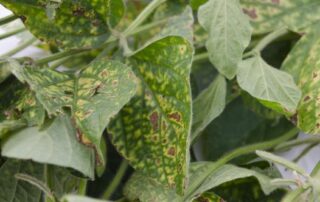
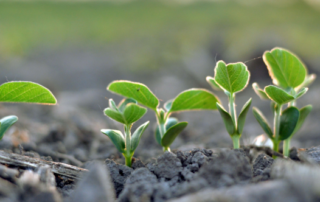
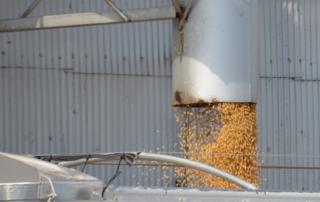
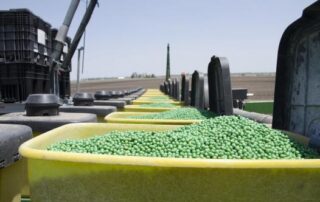
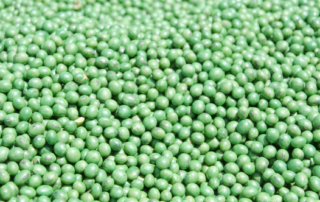
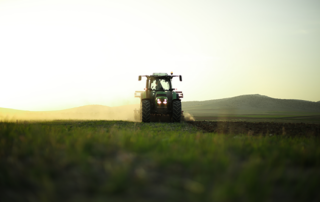
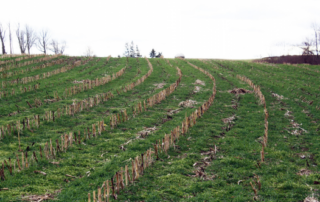
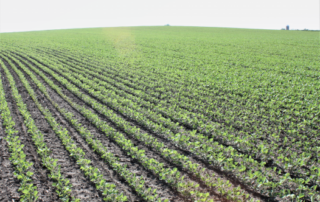
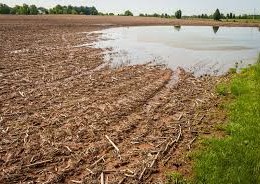
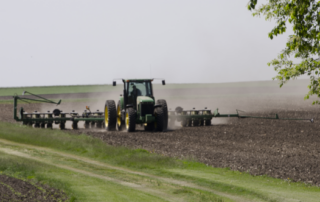



 and then
and then